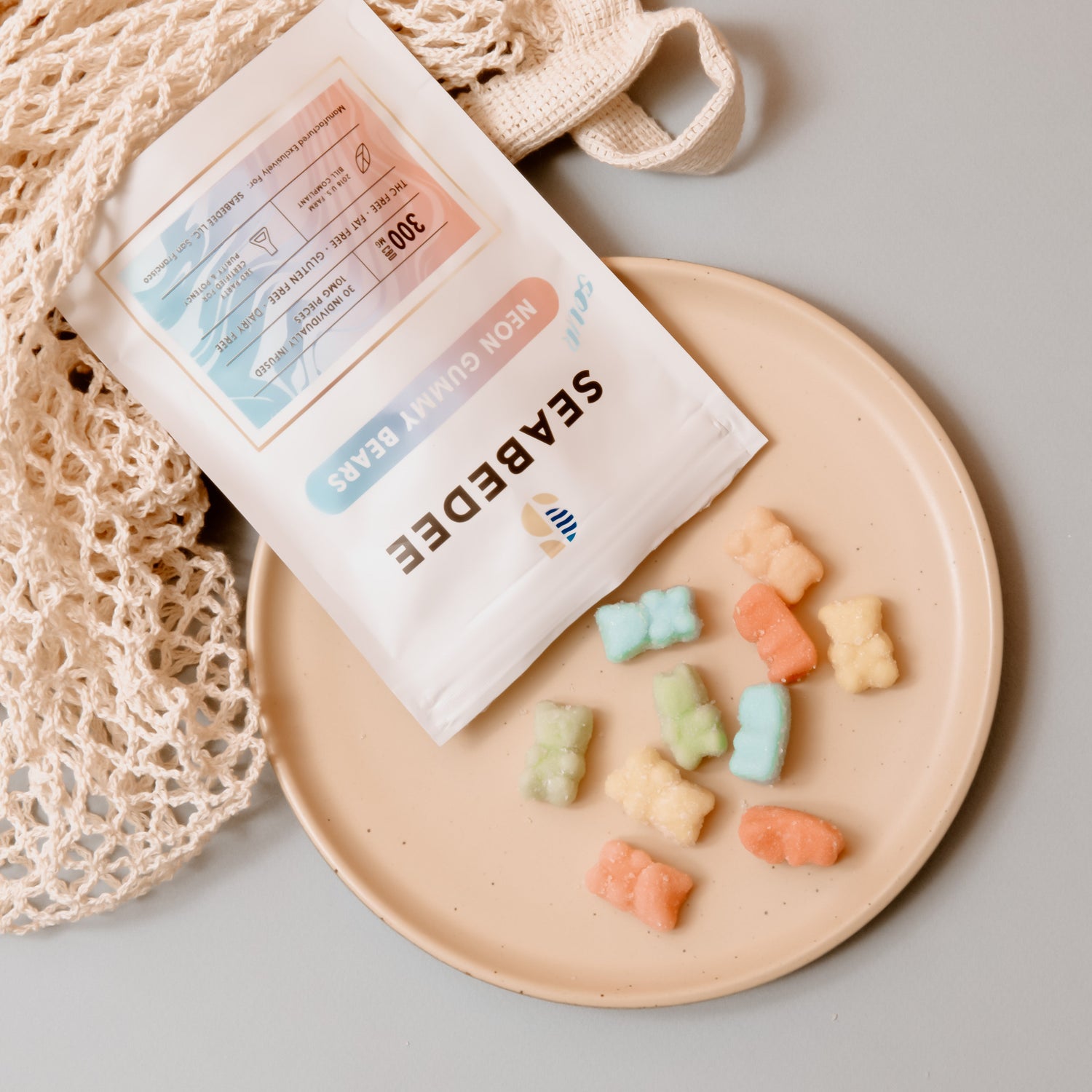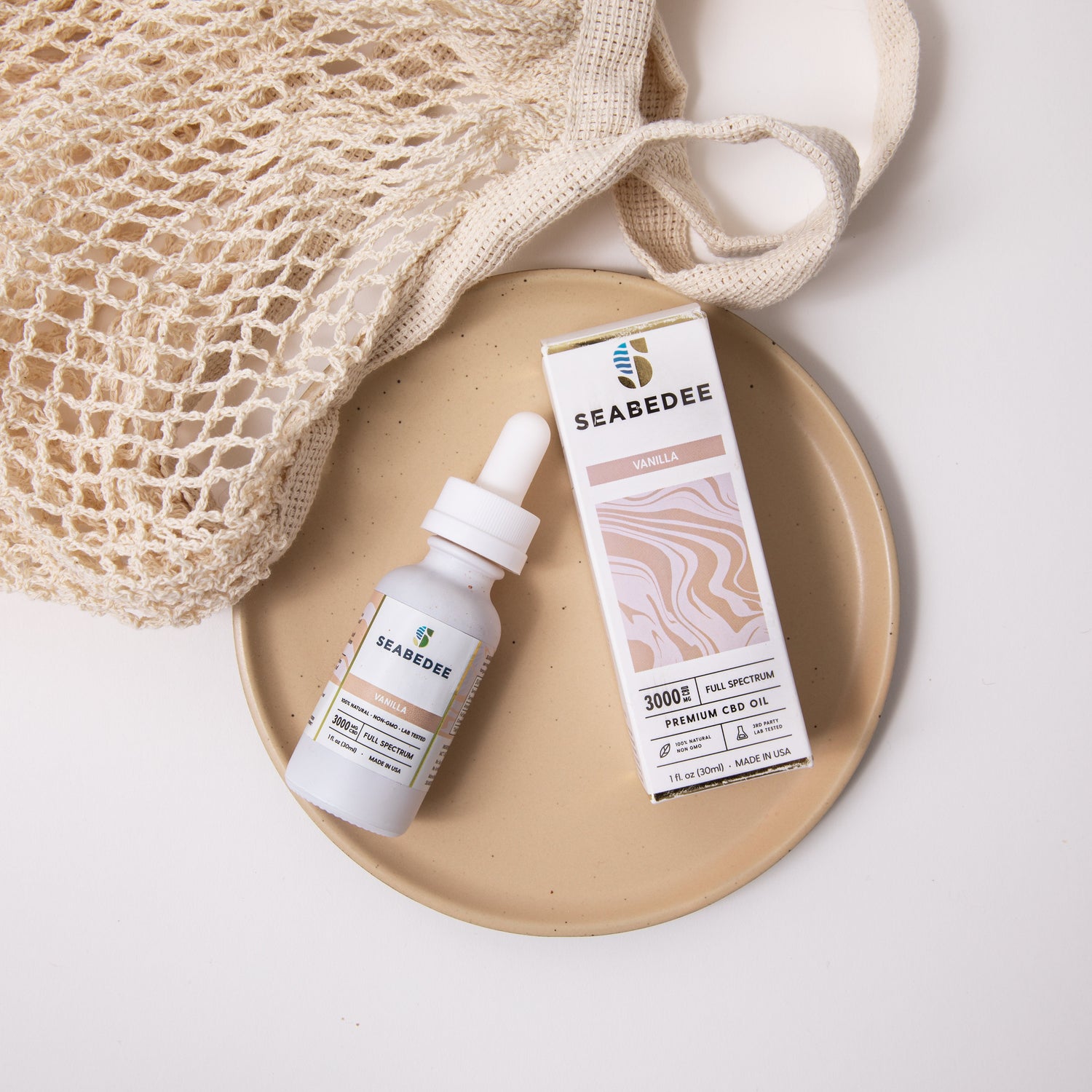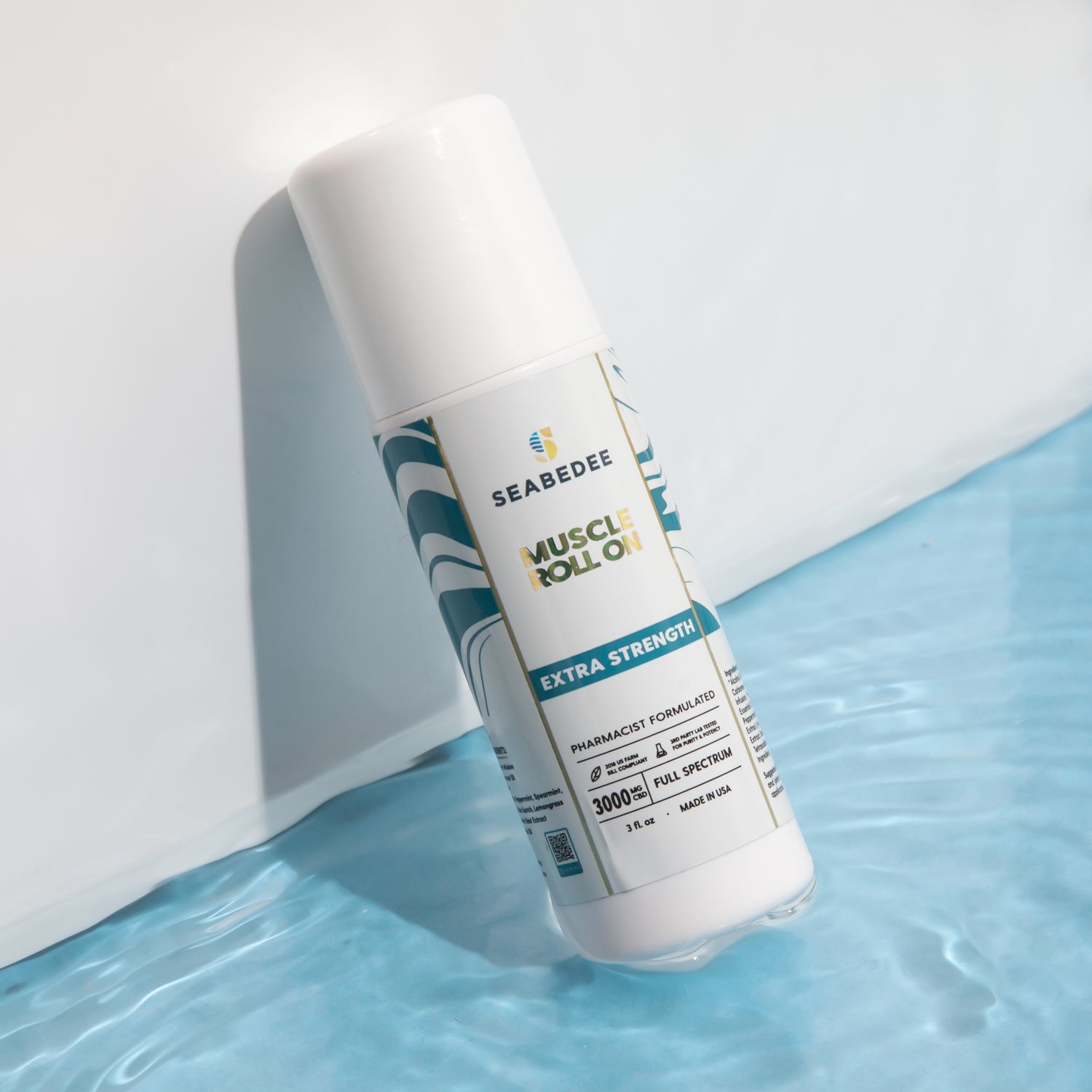Which Is Worse in Water: PFAS or Microplastics? Understand the Risks and What’s Getting Into Your Body
Let’s break this down in plain terms. PFAS are man-made chemicals found in non-stick pans, waterproof clothes, and fire-fighting foam. Microplastics are tiny plastic particles that come from things like packaging, synthetic fabrics, and plastic containers.
What Are PFAS and Microplastics?
Both of them end up in the same place—our environment and our bodies. You’ll find PFAS and microplastics in water, food, and even in the air. And because they’re so small, they’re hard to avoid.
How They End Up in Water
Here’s how both PFAS and microplastics get into our drinking water:
-
Industrial runoff and waste systems
-
Plastic litter breaking down in water supplies
-
Chemicals used in manufacturing
-
Synthetic fibers shedding from laundry and clothing
-
Packaging and plastic pipes degrading over time
PFAS stick around forever. That’s why they’re called “forever chemicals.” Microplastics may not last forever, but they’re everywhere. If you’re drinking from the tap or even bottled water, there’s a good chance you’re consuming microplastics in water without knowing it.

Even if you filter your water, you still can’t see what’s actually getting into your bloodstream. You might reduce the level of microplastics in water, but what’s already in you? That’s why we built MicroplastX. We give you a way to know for sure.
You can get tested with MicroplastX to see if microplastics are already in your body. We think everyone should have that data. It’s your right to know what you’ve been exposed to—especially when regular filters and clean-looking water don’t tell the full story.
Health Effects of PFAS vs Microplastics
PFAS have been studied for years. They’ve been linked to immune system problems, hormone disruption, and even cancer. Because PFAS are well documented, governments are starting to regulate them more seriously.
What Science Knows and Doesn’t Know
Now let’s talk about microplastics. We don’t have as much data, but early research is raising red flags. Microplastics in water may carry toxic chemicals, disrupt cells, and cause inflammation. The scary part? We don’t know the full picture yet.
That’s the big difference between PFAS in water and microplastics in water. With PFAS, we know it’s bad. With microplastics, we’re still finding out how bad it might be.
Why It Matters for Your Health
If you’re worried about the long-term health effects, you should be. Here’s what we know so far:
-
PFAS can stay in your body for decades
-
Microplastics may enter your bloodstream and organs
-
Both can be passed on to unborn children
-
You won’t see symptoms until it’s too late
This is why testing matters. You need to find out what’s already in your system. That’s the only way to take real action.
We at MicroplastX, offer the only at-home test designed to detect microplastic exposure in your blood. It’s fast, easy, and gives you the data you need. You can test your blood for microplastic exposure starting today. We believe prevention starts with information, and no one else is giving you access to this kind of test without a lab visit.
Here’s why it’s smart to test:
-
Know if your filter is working
-
Understand your risk level
-
Make smarter lifestyle and product choices
-
Monitor changes over time
You can’t guess your exposure. You can’t rely on the taste of your water. You need data from your own body. That’s why we built MicroplastX.
The difference between PFAS in water and microplastics in water isn’t just about chemicals. It’s about what you’re doing with that knowledge. Testing gives you power. That’s what we’re here to deliver.
An external study from the US Environmental Protection Agency has warned about the need for more testing and exposure tracking for both PFAS and microplastics. We’ve made that process simple and available to anyone.
How Do They Enter Drinking Water?
It doesn’t take a chemical spill for contaminants to end up in our drinking water. Both PFAS and microplastics in water come from everyday products and habits we usually don’t think about.
Everyday Sources You Might Not Realize
Here’s how they get in:
-
Industrial runoff from factories and plants
-
Plastic litter breaking down in rivers, lakes, and oceans
-
Packaging waste from bottled drinks and takeout containers
-
Household drainage carrying microfibers and chemicals
-
Old pipes leaching particles and coatings over time
PFAS are used in coatings that resist water, oil, and heat. They’re found in fast food wrappers, cleaning sprays, and even stain-resistant carpets. Microplastics in water come from synthetic clothing, personal care products, and things as simple as your laundry.

And here’s the real problem: public water treatment systems weren’t designed to remove these substances. They’re good at filtering out bacteria and dirt, but they don’t catch everything. That’s why even “safe” water can contain harmful levels of PFAS or microplastics in water.
Filtering Helps, But Doesn’t Prove Safety
You can install a filter, but how do you know if it’s working? PFAS are tough to remove. Microplastics are so small they often slip through filters that aren't designed specifically for them.
So you’re left guessing. And guessing isn’t protection.
We started MicroplastX because we knew people needed real answers. A filter might help reduce microplastics in water, but it can’t show you what’s already in your bloodstream. That’s what we do.
With our at-home test kit, you can skip the guessing and get real data about what’s already inside you. Our test shows if plastic particles have entered your system — something no water filter can prove on its own.
If you want to know more about why we built this tool and how we’re helping people get ahead of these threats, you can read about us at MicroplastX.
An external study from ScienceDaily showed that common household products are a big source of water contamination, especially from PFAS. Add that to the rise in microplastics in water, and you see why filters alone don’t give full peace of mind.
That’s why only MicroplastX gives you data about what’s already inside you.
Testing for Exposure
People think if their water tastes clean or if they’re using a filter, they’re safe. But that’s not how it works. You can’t feel or taste microplastics in water. And PFAS? You’ll never know it’s there without a test.
What Filters and Labels Can’t Tell You
So how do you know if you’ve already been exposed? You don’t — unless you test your body.
That’s what makes MicroplastX different. We give you access to lab-quality testing without the lab. Our home test kit shows whether plastic particles are already in your bloodstream. You can collect a sample from home and send it back. We take care of the science and give you real answers.
Why Individualized Testing Matters
No two people are the same. Exposure depends on where you live, what you eat, what you drink, and how you live. That’s why filters and water reports don’t tell the full story. You need to know your own numbers.
Here’s why testing your body makes sense:
-
You find out your personal exposure level
-
You can see if your current filter is helping
-
You can decide what needs to change
-
You get ahead of long-term health risks
This is why the difference between PFAS in water and microplastics in water matters. PFAS have been studied for years. Microplastics are newer, but we already know they’re everywhere — and they may be just as dangerous. Testing your blood gives you a clear, personalized view of the threat.
At MicroplastX, we make this process simple. You can learn more about who we are and why we created this test by visiting our story. We believe everyone deserves access to testing, not just scientists or doctors.
If you’re still wondering whether you’ve been exposed, don’t guess. Get the data. We built this for people who want clear, actionable answers. And you can get started today by visiting MicroplastX.
The difference between PFAS in water and microplastics in water is one thing. But the real difference is what you choose to do about it.
Why the Difference Between PFAS in Water and Microplastics in Water Matters
At first, the difference between PFAS in water and microplastics in water might not seem important. They’re both invisible. They both come from everyday items. They both end up in our bodies through drinking water. But the way they behave inside us, and what we know about them, is what sets them apart.
Two Different Problems, One Big Risk
PFAS are chemicals that stay in your system for years. They’re known to mess with hormones, weaken your immune system, and increase cancer risk. Scientists have studied them for decades, and the data is clear: PFAS are toxic.

Microplastics, on the other hand, are still being researched. But here’s what we do know. They’re already in the air, in our food, and in our water. They carry harmful chemicals on their surface. And they don’t break down inside us.
So the difference between PFAS in water and microplastics in water isn’t just about the source. It’s about how much we don’t know yet. And that’s exactly why testing is so important.
Filters Can’t Show You the Full Picture
You can install a filter, buy bottled water, or use water delivery services. But none of those options tell you what’s already inside your body. And neither PFAS nor microplastics in water can be detected by taste or smell.
That’s why we created MicroplastX. You don’t need to guess. You don’t have to wonder if your lifestyle or location is putting you at risk. You can just test and know for sure.
Our at-home microplastics test kit is the only one that gives you a clear view of your exposure. We make it simple and easy for anyone to collect a sample at home. Then we do the lab work and send you real results.
Why Knowing Your Exposure Matters
Once you understand your level of exposure, you can start taking the right steps. Testing helps you:
-
See if your water filter is actually working
-
Make smarter food and packaging choices
-
Understand how your daily habits affect your body
-
Build a plan to reduce long-term risk
Microplastics in water and PFAS are real threats. You can’t avoid them completely. But you can stay ahead of them with knowledge.
At MicroplastX, we believe in prevention. We believe in giving people the tools to take control of their health. You can learn how we built this solution and why it matters.
The truth is, both PFAS and microplastics in water are harmful. But the only way to protect yourself is to know your exposure. And that’s where we help.
Get the facts. Get tested. You can explore our solution now at MicroplastX.



